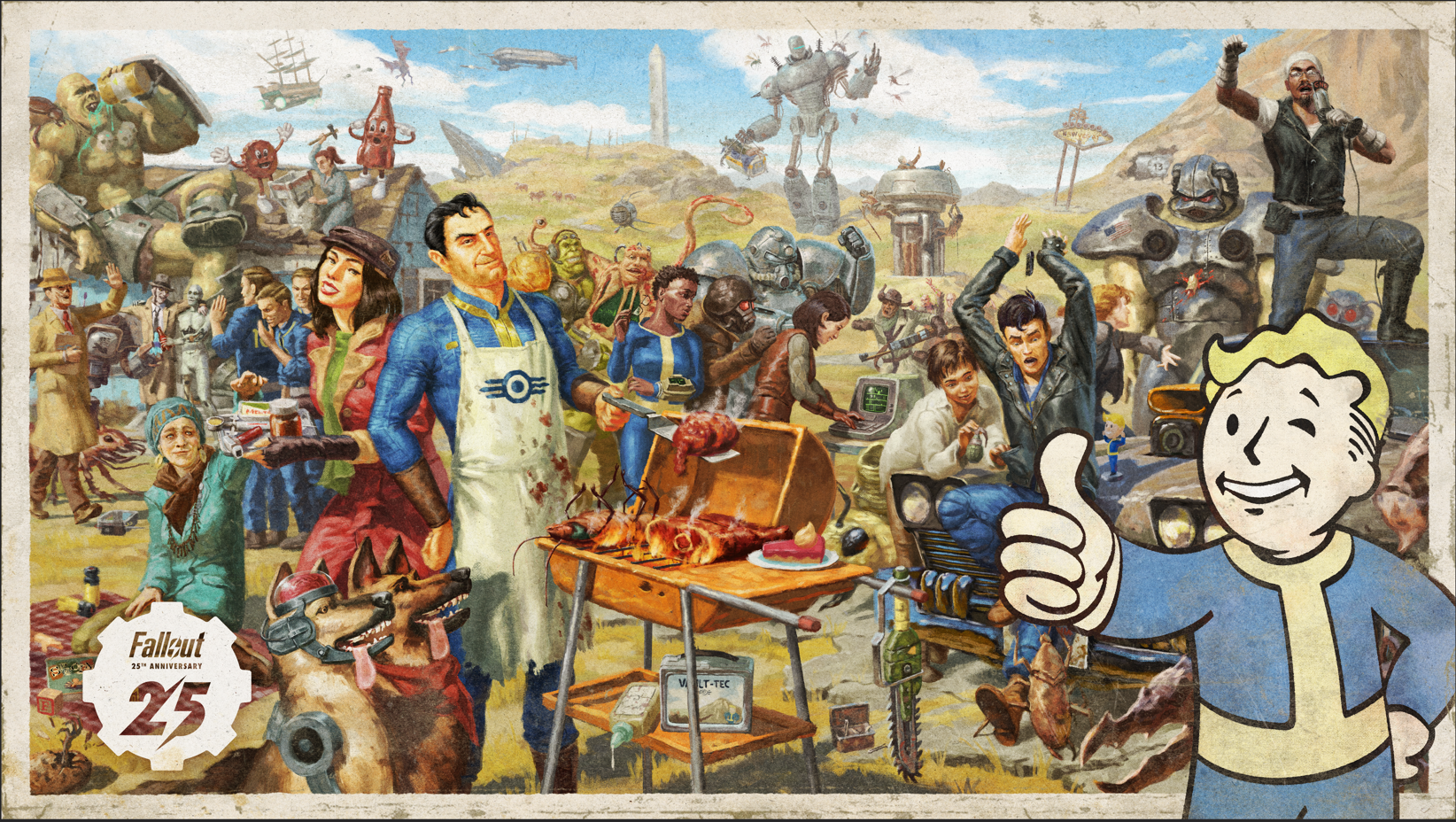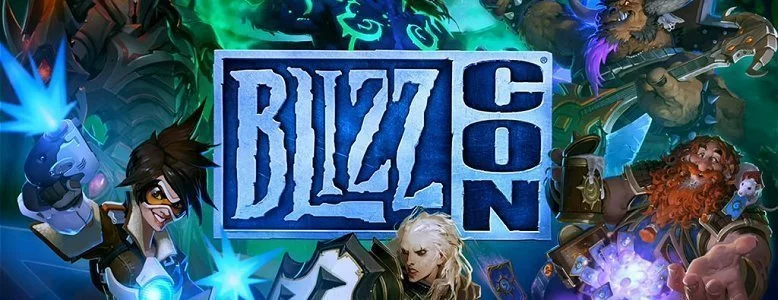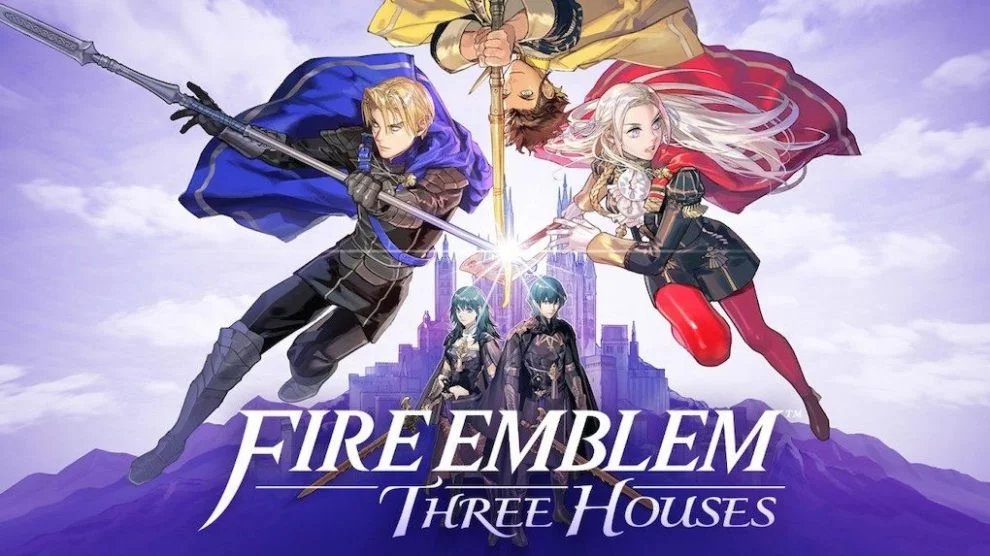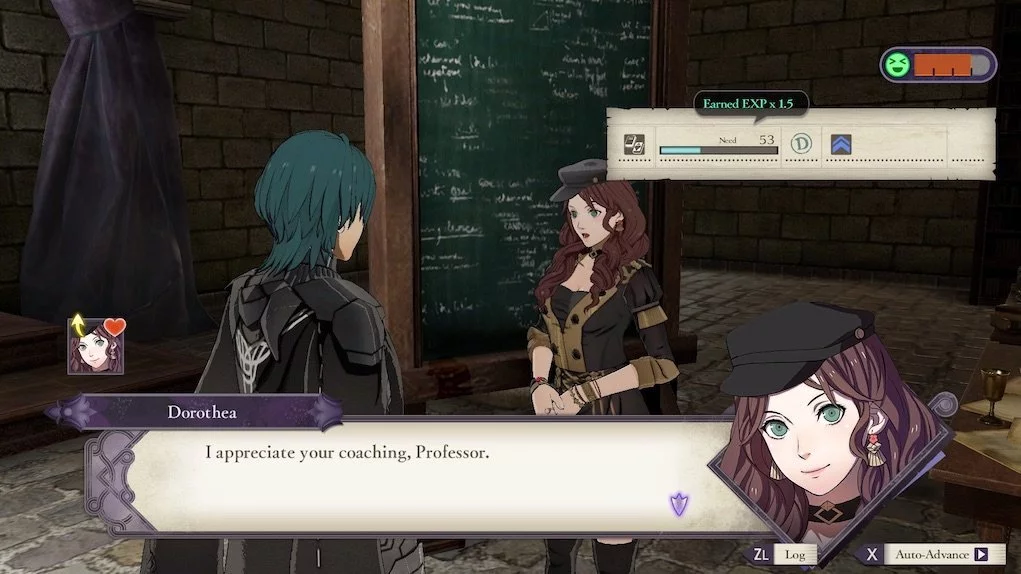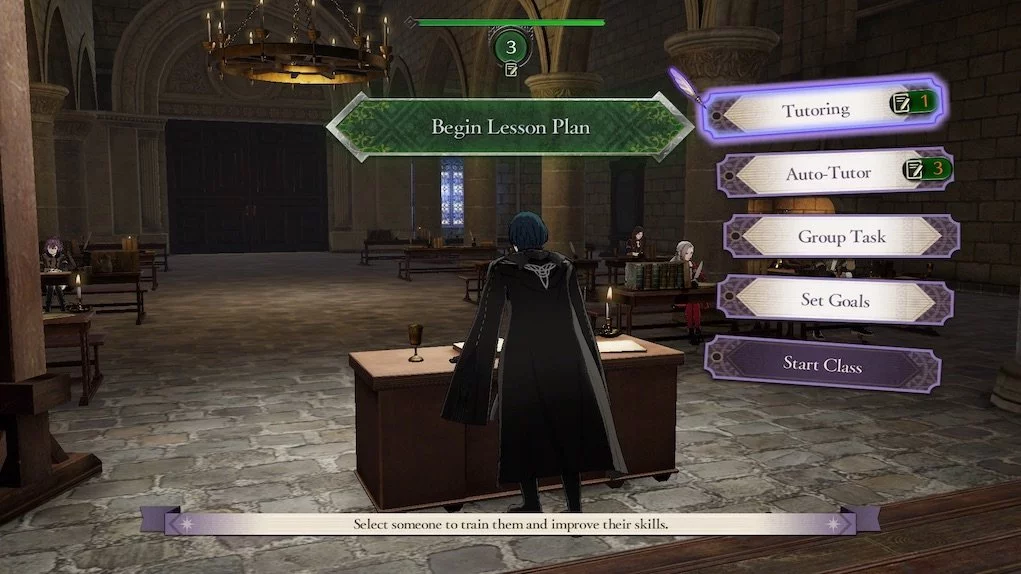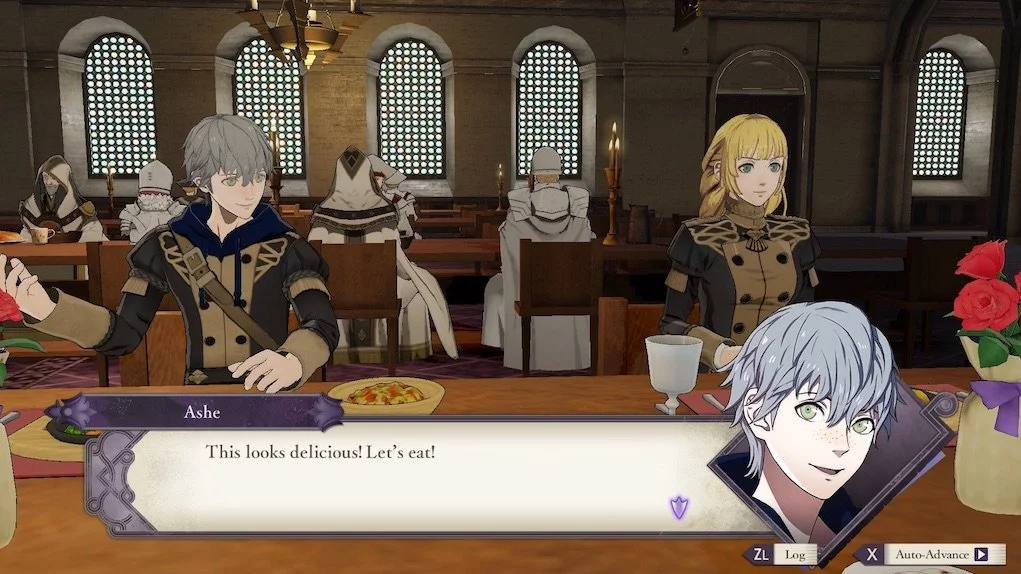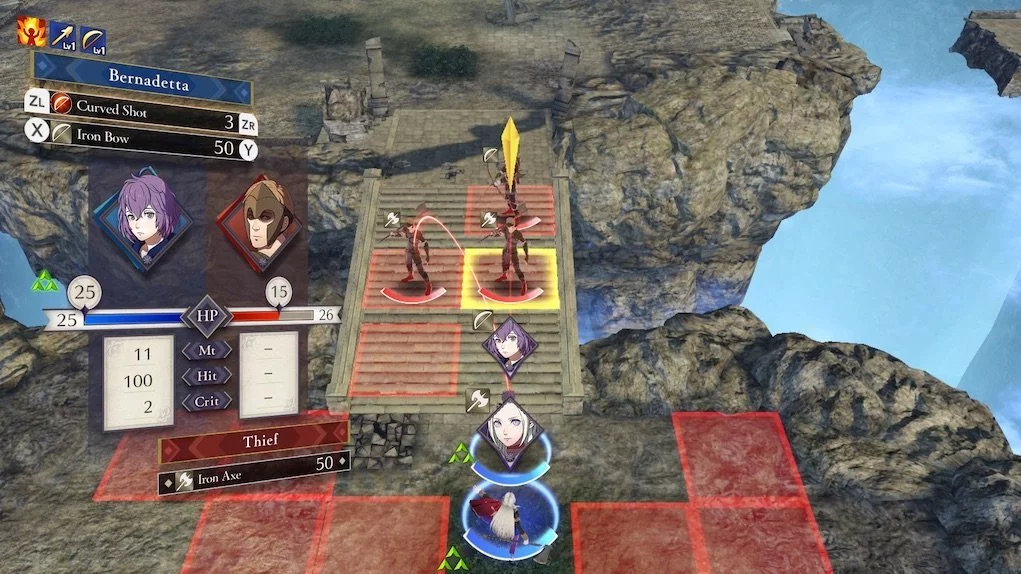It may have been 11 years since Radiant Dawn on the Wii, but the Fire Emblem series has finally found its way on to a home console once more. After going dark until 2013’s Awakening on 3DS, the series found its way to mainstream prominence once more with a focus on character, story, and the ever-present horniness of battlefield romance. Followed by the Fates duology and a remake of Fire Emblem Gaiden under the new name of Echoes, the success of mobile title Fire Emblem Heroes and the musou spinoff Warriors, what could have been a last gasp for the franchise has become the vanguard of a new golden age for Fire Emblem. Enter Fire Emblem Three Houses, the latest – and perhaps greatest – of the new generation of the series. And yes, it’s still REAL horny.
Right from the start, Three Houses takes a different tack from its recent predecessors. After naming your slightly-emotionless protagonist of non-specified gender, you and your daddy — sorry, whoops, I meant your dad, your father — Jeralt are shanghaied into working as teachers at the Garreg Mach Monastery, home of the Central Church of Fódlan and the Officer’s Academy, a combat school for the best of the best from the three kingdoms surrounding it. You become the Professor of one of the school’s three student houses and proceed to educate them in the ways of war.
In your tenure as the Professor, you make your way through the calendar year dividing your time equally between social link building, and strengthening yourself and your students’ skills in the field of combat. You begin each week by deciding on your lesson plan for your class, handing out pop quizzes and deciding on whose turn it is to do chores. Now, bear with me – I realise this sounds awful at face value, and at first blush that was the impression I got going into Three Houses. However, what it amounts to is a much more player-controlled and malleable way to shape your combat unit’s skills and class progression.
Each week you can choose to help a set number of characters advance their experience on one or a few of their skill levels, from a particular weapon type, to riding skills, or armour mastery. Leveling these skills advances them up a letter-grade system, allowing them access to new and stronger character classes as they become more proficient in the relevant skills. Once they are advanced enough, units can take a ‘Certification Exam’ to try and add a new class to their selection, with their relevant skill types controlling their chances of passing that exam. While an under-skilled unit may be able to TRY for the Archer class, for instance, there’s a percentage chance they may fail and burn the use of a consumable Seal in the process.
In between planning your class syllabus, you’ll also have a ‘free day’ at the end of each week where you can choose from one of a number of activities. You can rest to recharge certain unique weapons, hold a weekend seminar with a guest lecturer to give extra experience on certain skills for a selection of your students, participate in skirmish and mission battles, or explore the monastery to spend more time with the game’s frankly imposing number of unique characters.
This exploration option is one of the easiest to sink time into, with the ability to roam the expansive grounds of the monastery interacting with the cast of characters, finding and returning lost items, restocking your weapons and items, and completing miniquests that range from item trades to special battle missions and fishing competitions. Yes, that’s right. The range of diversions is vast, and a lot of them result in boosts to your “Professor Level”, another letter-graded qualification specific to your character. Advancing this level through various activities increases the number of specialised actions you can take each week – across both the explore function and the number of combat skirmishes you can undertake at once. While the Fire Emblem series has never been shy about building strong characters, this gives an added spotlight to the uniqueness of each member of the school and their relationships to your character and each other.
As with previous titles, building the support links between each character provides combat bonuses when the units are in contact (or flanking the same enemy), and your Professor has the possibility of advancing this support level with one unit to S-rank, effectively creating a romance/partnership with a specific unit. This allows you to really, officially confirm which character in the game is your favourite… although dependant on your specific inclinations, these options can be limited. While male Professors can establish a romantic relationship with almost any female character (and vice versa for female Professors), the options for same-sex pairings are – while blissfully present at all – very slanted in their selections. As we’ve previously reported, Sapphic-inclined Professors have a wide selection of lady loves to choose from, while the dating pool for masc4masc Professors is slim pickings with only two possible beaus visible at the time of review. It’s nice to see a Japanese studio putting in any effort for LGBTIQ representation, but in terms of the greater gaming industry it still lacks behind. Ignoring the fact that most of the romantic partners in the game are your students, it’s the biggest issue I can find in the game.
One thing I don’t find issue with however, is this game’s dedication to staying horny. A lot of the credit goes to the translation team for bringing such life and innuendo to the English language version of the game, but this game loves to look directly at the player and wink mischievously. One teacher and one student both relentlessly flirt with your Professor, while support conversations and in-game dialogue are riddled with tongue-in-cheek writing that are sure to get you screenshotting your time with Three Houses. While the combat side of the game is robust as ever and will definitely keep you interested, it’s this love for the quality of the storytelling experience that keeps me invested personally.
Now that we have the horniness covered: combat! It’s also in this one. Three Houses marks a first for the new generation of Fire Emblem games, with characters rendered in 3D across the board. Gone are the sprite-based models for the combat map as in previous games, with each unit fully-rendered on the combat field – which gives an added layer of visual unity as each combat encounter simply zooms in on the given unit to represent the fight as it occurs. The sprite art is preserved to represent each character and their class in menus, so not all of that old-school quality is gone from the game, but it does make the game feel more modern.
Much of the combat formula remains the same, which is a good thing. The rock-paper-scissors advantage loops continue to provide the strengths and weaknesses from one unit to the next, with new gauntlet weapon types adding a ‘brawl’ attack to the mix. Giant monster enemies also add a layer of complexity to some fights, with devastating attacks and multiple health bars to contend with – these beasts force you to coordinate your unit’s attacks to stagger the enemy, wearing down its health rather than simply placing the right type advantage next to an enemy unit and one-hit KOing it. For those playing in permadeath mode, it adds greater risk to combat to really make you think before you act. Thankfully, Three Houses also gives you access to the “Divine Pulse”, a turn-back-the-clock mechanic reminiscent of Fire Emblem Echoes’ Turnwheel, allowing you to reverse time and undo disastrous encounters.
In all honesty, I was concerned that Fire Emblem: Three Houses would not mark a successful return to the home console for the series. The series found a comfortable stride in the handheld world, and moving away from that isn’t always a strong step – so it’s a good thing that the Switch is a little bit of both worlds. The game is great for playing in short bursts, with even ten to fifteen minutes feeling like enough to really get something done, even if it’s just returning a bunch of lost items to your units in the monastery to boost your support links. The characters are endearing and help draw you into the world and its story, complete with divine mysteries to carry you through the school year. With a visual handheld-to-console upgrade that puts Pokemon Let’s Go! to shame, Fire Emblem: Three Houses shows how to do a console glow-up right.
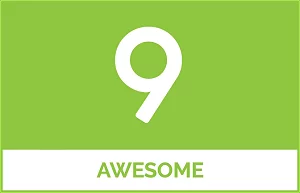 |
|
The good
|
The bad
|
Fire Emblem: Three Houses was reviewed using a promotional code on Switch, as provided by the publisher. Click here to learn more about Stevivor’s scoring scale.
This article may contain affiliate links, meaning we could earn a small commission if you click-through and make a purchase. Stevivor is an independent outlet and our journalism is in no way influenced by any advertiser or commercial initiative.


